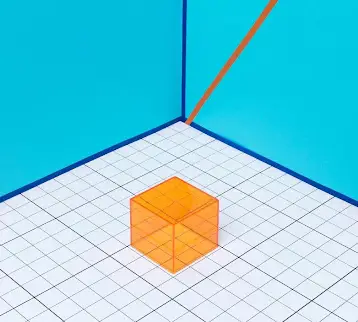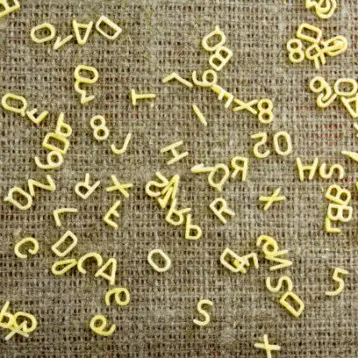Nokia and the University of Cambridge joined forces in March, 2007. “We hope that this combination of art and science will showcase the potential of nanoscience to a wider audience. The research we are carrying out is fundamental to this as we seek a safe and controlled way to develop and use new materials,” commented Dr. Tapani Ryhanen, Head of the NRC Cambridge UK laboratory, Nokia.
Nanotechnology enables the use of materials that are both flexible and strong. Fibril proteins are woven into a three dimensional mesh that reinforces thin elastic structures, making these devices highly adaptable.
Another advantage of nanotechnology is the self-cleaning attribute of such devices, which reduces corrosion, wear, and improves longevity. Also, by using a cover of “Nanograss” structures that harvest solar power, the device’s surface becomes a natural source of energy. Batteries improve and become smaller, longer lasting, and faster to charge thanks to new high energy density storage materials.
“Even integrated electronics, from interconnects to sensors, could share these flexible properties. Further, utilization of biodegradable materials might make production and recycling of devices easier and ecologically friendly,” states Nokia.
Nanosensors would raise the awareness of mobile devices’ users to the environment in a new way. When air pollution or bio-chemical traces and processes are right before our eyes, we will not be able to ignore them. It will also enhance our natural abilities and ease our daily decisions even on small matters such as whether or not to wash a certain fruit before eating it.
TFOT recently covered a research project in which it was discovered that fibers of different heights and diameters can be used to engineer materials with different properties. This finding may have a variety of potential applications, including the production of self-cleaning surfaces, transparent electronic devices, and biomedical tools that manipulate strands of DNA. TFOT also reported on a lubricant with an exceptional low friction coefficient that has been developed by scientists in the Argonne National Laboratory. The lubricant is based on boric acid particles 50 nanometers in diameter. Such nano-scaled particles offer both lubricity and stability when mixed with motor oil for industrial uses.
More information about the Morph concept can be found on Nokia’s website.










